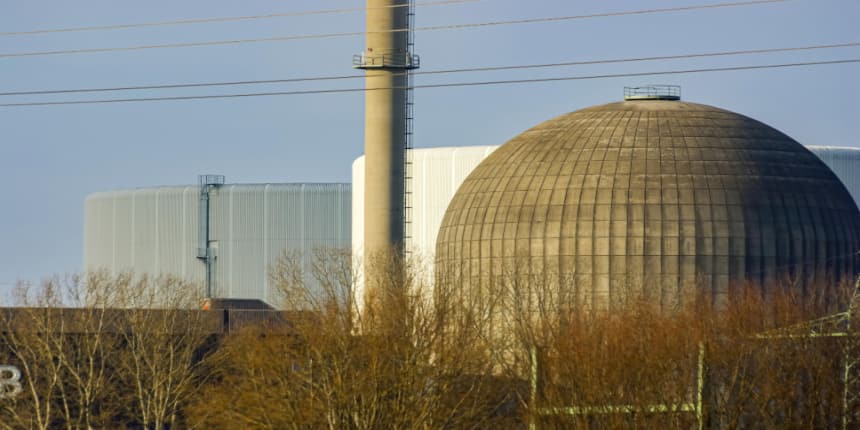APSARA Full Form
What is the full form of APSARA?
APSARA is the name of the first Nuclear research reactor established in India. It cannot be expanded because it was set up by then-prime minister, Jawaharlal Pandit Nehru. Because the name indicates a female spirit of clouds or a celestial maiden in Ancient Hinduism and Buddhism. As we know Indians are emotionally bound to the culture, they figure prominently in the sculptures, literature, and painting of Indian and Southeast Asian countries.
- What is the full form of APSARA?
- History of APSARA
- APSARA- upgraded version:
- Uses

APSARA was commissioned by Bhabha Atomic Research Centre (BARC) on 4th August 1956. It was established in Mumbai. Such a Nuclear Reactor is most important for the Nuclear power plant. In a Nuclear reactor, a Continuous fission reaction takes place and an enormous amount of heat is produced through which electricity is generated. After 50 years of service, Apsara was shut down in 2009.
History of APSARA
On 4th August 1956, APSARA attained its criticality at 3.45 PM. Criticality is the stage when the nuclear reactor becomes self-dependent which means it releases enough neurons to sustain the process. The United Kingdom provided the initial fuel for the raising of this Nuclear reactor. This idea was conceptualised by the Indian scientist Dr Homi Bhabha. In 1957, it was dedicated to the nation by then-prime minister Jawaharlal Nehru. Apsara uses a swimming pool-type reactor and 80℅ enriched uranium-aluminium fuel.
APSARA- upgraded version:
India's first nuclear research reactor APSARA was permanently shut down in 2009. Subsequently, the BARC has recommissioned another version of Apsara known as APSARA-U.
"Research reactors are the backbone of nuclear reactors," said Dr Homi Bhabha.
The most efficient APSARA-U - U (indigenously made)uses dispersion plates made of low-enriched uranium and aluminium. The goodness of higher neutron flux increases the indigenous production of radioisotopes by about 50 per cent and the remaining would be used for research in nuclear physics, radiation shielding and material science.
It was a big breakthrough in nuclear physics which paved the way for further exploration and it highlights the capacity and intelligence of Indian scientists that cannot be restricted in any way.
Uses
After commissioning of this reactor, an extensive amount of radioisotopes has been produced. Radioisotopes play a vital role in medical diagnosis, Sterilisation of instruments and so on
Radioisotopes are used in agriculture which significantly helped in developing high-yielding and disease-resistant crop varieties.
Experiments conducted with APSARA based on the diffusion of gases after the fission process and radiation shielding helps us to design a sophisticated technology of reactors.
Apsara has been instrumental in neutron and gamma-ray emission studies etc.
Other Related Full Forms
Frequently Asked Questions (FAQs)
Dr Homi Babha who is the first to initiate a nuclear program in India
In the Trombay campus of Bhabha atomic research centre.
A female spirit of clouds and water is named APSARA in ancient Hinduism and Buddhism
Tarapur, near Mumbai
The origin of APSARA is estimated to be in the Kingdom of Cambodia.

